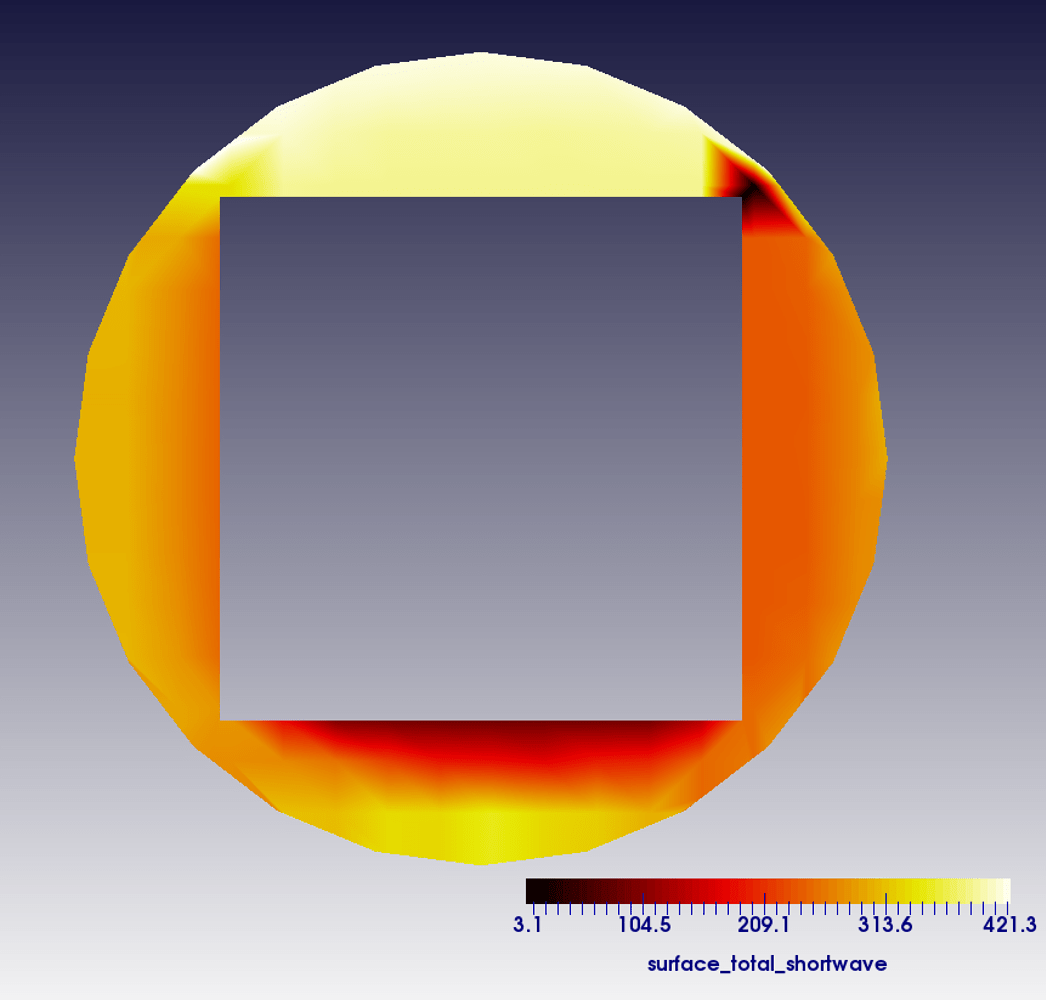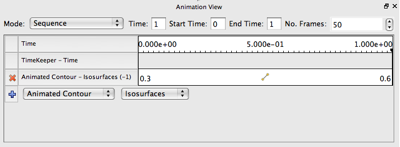
ParaView will either use an existing transfer function or create a new With which to color and then select the component or magnitude for multi-componentĪrrays. Panel or the Active Variables Controls toolbar. You can pick an array to use for color mapping, using either the Properties Properties panel (top) and the Active Variables Controls toolbar (bottom). 2.9 The controls used for selecting the array to color within the Transfer function is used for volume rendering, and it is optional when used for surface There are separate transfer functions for color and opacity. Transfer functions, despite this caveat, you can use the Separate Color Map feature Since it can lead to the misinterpretation of values. Transfer functions for the same variable is discouraged by design in ParaView,

Opacity and color, but also the component/magnitude selection.īeginners find it easy to forget that the transfer function is associated withĪn array name and, hence, are surprised when changing the transfer function forĪ dataset being shown in one view affects other views as well. That have the same name will not only be using the same transfer functions for Thus, two pipeline modules being colored with the arrays

#INTERPOLATE BETWEEN TWO CELLS PARAVIEW HOW TO#
Selection of how to map a multi-component array to colors is also associated Similar to the transfer functions themselves, this Specify whether to use the magnitude or a specific component for theĬolor/opacity mapping. To have independant color map by array name and representation.įor arrays with more than one component, such as vectors or tensors, you can When coloring with the same array in different 3D views or results fromĭifferent stages in the pipeline. With the data array identified by its name. In ParaView, you can set up a transfer function for each data arrayįor both color and opacity separately. ThisĬhapter relates to cases when Map Scalars is enabled, i.e., when the transferįunction is being used to map arrays to colors and/or opacity. Refer to Chapter sec:RenderView:DisplayProperties for details. This can controlled using the Map Scalars display property. Red-green-blue color values to use when rendering (i.e., not using a transferįunction at all). Of course, there are cases when your data arrays indeed specify the Opacity values as well, we will use the more generic term transfer functions. Since such mapping fromĭata values to rendering primitives can be defined for not just colors, but This mapping is defined using what areĬalled color maps or transfer functions. Sinceĭata arrays can have arbitrary values and types, you may want to define to whichĬolor a particular data value maps. Mapping data arrays to colors when rendering surface meshes or volumes. Including scalar mapping and pseudo-coloring. This chapter describes the basics of mapping data arrays toĬolor mapping (which often also includes opacity mapping) goes by various names A transfer function can alsoīe used to map the data array to opacity for rendering translucent surfaces orįor volume rendering. Of course, to map theĭata array to colors, we use a transfer function. Color mapping is a common visualization technique that maps data toĬolor, and displays the colors in the rendered image. Opening a new dataset and looking at the mesh is to color the mesh with some One of the first things that any visualization tool user does when


 0 kommentar(er)
0 kommentar(er)
